Cells, tissues and organs -> glass
What is Glass?
Glass is a solid, transparent material made by melting sand and other materials such as soda ash and limestone. It is a versatile material that is used in a wide variety of applications, including windows, bottles, containers, and optical lenses.
Properties of Glass
Some of the key properties of glass include:
- Transparency: Glass allows light to pass through it, making it useful for windows and lenses.
- Hardness: Glass is a hard material, but it can also be brittle and prone to shattering under certain conditions.
- Chemical Inertness: Glass is resistant to chemical reactions, making it suitable for storing and transporting various substances.
- Thermal Insulation: Glass has low thermal conductivity, making it a good insulating material.
Types of Glass
There are several types of glass, each with its own unique properties and uses:
- Float Glass: Commonly used for windows and glass doors.
- Borosilicate Glass: Known for its resistance to thermal shock and used in laboratory equipment and kitchenware.
- Tempered Glass: Treated to be stronger than regular glass and used in applications where safety is a concern, such as car windows and shower doors.
Uses of Glass
Glass is used in a wide range of applications, including:
- Construction: Windows, doors, and facades
- Containers: Bottles and jars for food and beverages
- Optics: Lenses and mirrors
- Household Items: Tableware, decorative items, and cookware
- Industrial Applications: Insulators, fiber optics, and laboratory equipment
Study Guide
To study the topic of glass, consider the following questions:
- What are the main components used in the production of glass?
- What are the different types of glass and their specific uses?
- What are the properties of glass that make it suitable for various applications?
- How is glass manufactured and shaped into different products?
- What are the environmental and sustainability considerations related to the production and disposal of glass?
As you study, make sure to explore the historical significance of glass, its cultural and artistic uses, as well as its role in modern technology and industry.
.◂Science Worksheets and Study Guides Fifth Grade. Cells, tissues and organs
Study Guide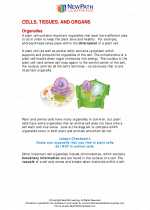 Cells, tissues and organs
Cells, tissues and organs  Worksheet/Answer key
Worksheet/Answer key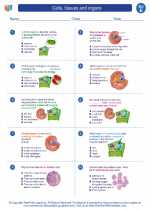 Cells, tissues and organs
Cells, tissues and organs  Worksheet/Answer key
Worksheet/Answer key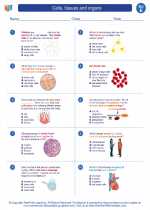 Cells, tissues and organs
Cells, tissues and organs  Worksheet/Answer key
Worksheet/Answer key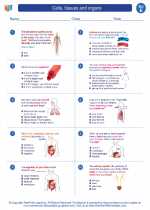 Cells, tissues and organs
Cells, tissues and organs  Vocabulary/Answer key
Vocabulary/Answer key Cells, tissues and organs
Cells, tissues and organs  Vocabulary/Answer key
Vocabulary/Answer key Cells, tissues and organs
Cells, tissues and organs  Vocabulary/Answer key
Vocabulary/Answer key Cells, tissues and organs
Cells, tissues and organs  Vocabulary/Answer key
Vocabulary/Answer key Cells, tissues and organs
Cells, tissues and organs  Vocabulary/Answer key
Vocabulary/Answer key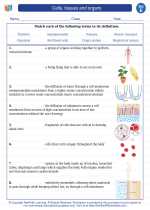 Cells, tissues and organs
Cells, tissues and organs  Vocabulary/Answer key
Vocabulary/Answer key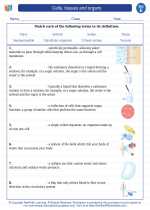 Cells, tissues and organs
Cells, tissues and organs 

 Worksheet/Answer key
Worksheet/Answer key
 Worksheet/Answer key
Worksheet/Answer key
 Worksheet/Answer key
Worksheet/Answer key
 Vocabulary/Answer key
Vocabulary/Answer key
 Vocabulary/Answer key
Vocabulary/Answer key
 Vocabulary/Answer key
Vocabulary/Answer key
 Vocabulary/Answer key
Vocabulary/Answer key
 Vocabulary/Answer key
Vocabulary/Answer key
 Vocabulary/Answer key
Vocabulary/Answer key

The resources above cover the following skills:
Fifth Grade: Patterns; Scale, Proportion, and Quantity
Physical Sciences: Students develop an understanding that changes can occur to matter/objects on Earth or in space, but both energy and matter follow the pattern of being conserved during those changes.
Physical Science Standards
Analyze and interpret data to explain that matter of any type can be subdivided into particles too small to see and, in a closed system, if properties change or chemical reactions occur, the amount of matter stays the same.